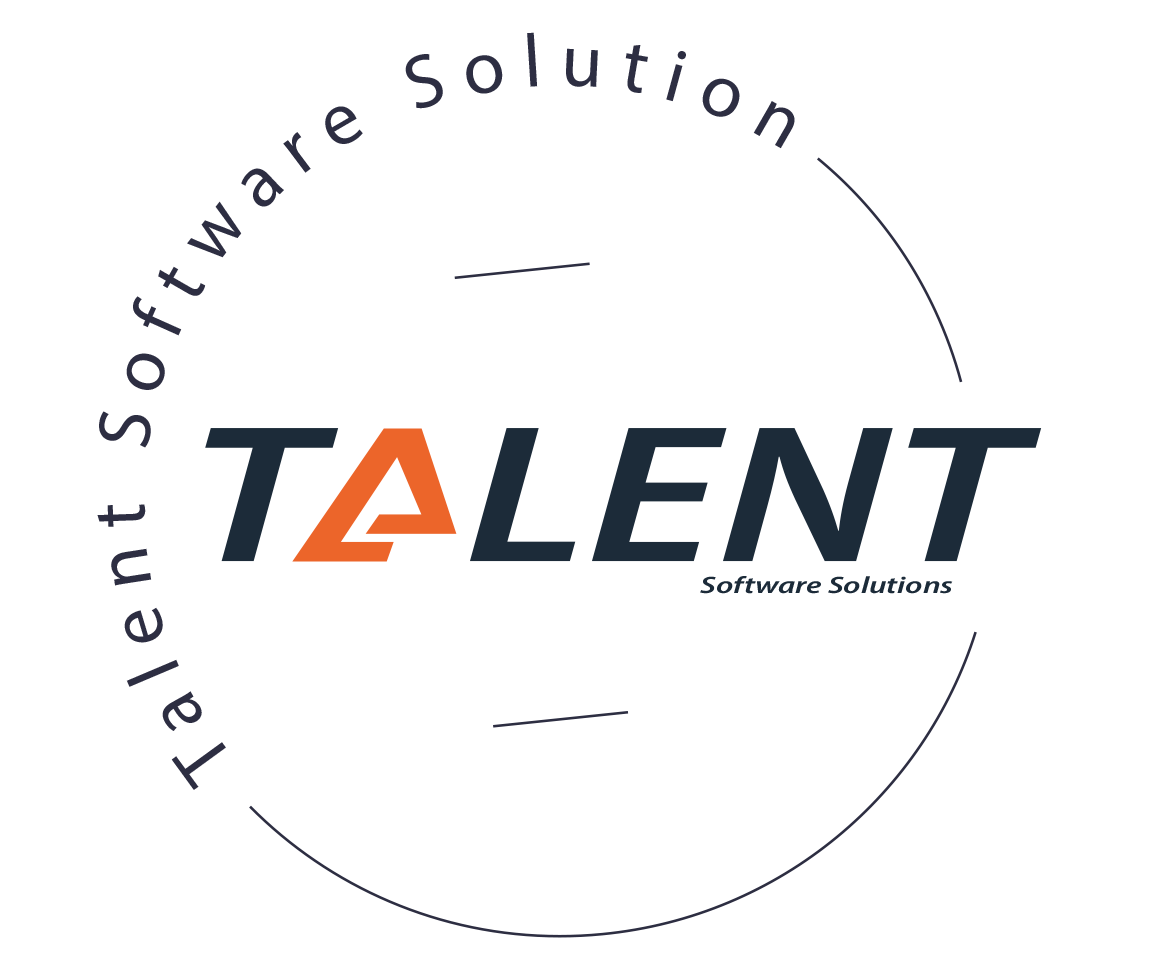
Learning MATLAB
MATLAB® & Simulink® are the premier software packages for technical computation, data analysis, and visualization in both education and industry. This course provides hands-on training using the Student Version, which includes the full functionality of MATLAB and Simulink (up to 300 blocks). The course empowers trainees with high-performance numeric computing skills, model simulation, symbolic math operations, and graphical capabilities essential in engineering applications.
Course Content
Introduction
Overview of the Student Version features
Accessing additional MathWorks products
Using built-in help and troubleshooting tools
Understanding the relationship between MATLAB and Simulink
2. Installation
Step-by-step installation on Windows
Step-by-step installation on Linux
3. Development Environment
Launching and exiting MATLAB
Navigating the MATLAB desktop
Utilizing built-in development tools
4. Getting Started with MATLAB
Matrix creation and manipulation
Using expressions and command syntax
Input/output control in the command window
5. Graphics and Visualization
Creating 2D and 3D plots
Editing and customizing plots
Using mesh, surface, and image functions
Implementing handle graphics and GUI development
Creating animations
6. Programming with MATLAB
Conditional statements and loops
Using arrays, structures, and other data types
Writing and organizing scripts and functions
Exploring demonstration programs
7. Symbolic Math Toolbox
Performing symbolic calculations
Working with calculus operations
Simplification and substitutions
Solving algebraic equations
Using variable-precision arithmetic
Performing symbolic linear algebra
Study System
The course is designed to provide an engaging and practical learning experience, focusing on the following key components:
1. Self-paced Learning
The course allows flexibility to study at your own pace, with access to the course materials anytime and anywhere.
Interactive labs and exercises are included to help reinforce key concepts and provide hands-on experience.
2. Instructor-led Sessions
Instructor-led sessions provide expert guidance and support throughout the course.
Live sessions include Q&A, discussions, and demonstrations to enhance understanding and address any questions.
3. Practical Application
The course emphasizes real-world applications of MATLAB® & Simulink®.
Case studies and examples from various industries will be explored to illustrate the relevance of the tools in problem-solving.
4. Access to Resources
Participants will have access to all necessary course materials, including practice datasets, code examples, and documentation.
Ongoing access to reference material and troubleshooting guides.
5. Collaborative Learning
Peer interaction and collaboration through discussion boards and group activities.
Opportunities to share insights, solve problems together, and learn from others’ experiences.
6. Evaluation and Feedback
Continuous assessment through quizzes and exercises to track progress.
Constructive feedback on assignments and projects to help improve skills and understanding.
About Instructor
The instructor for this course is a highly skilled professional with extensive experience in technical computation and software development. With a strong academic background and years of industry experience, the instructor is well-versed in the application of MATLAB® & Simulink® for solving complex engineering and data analysis problems.
Instructor Qualifications
Academic Background: The instructor holds advanced degrees in [related field, e.g., Electrical Engineering, Computer Science, etc.] from [university name].
Professional Experience: [Instructor’s name] has over [X] years of experience in [industry or academic field], specializing in technical computing, modeling, and simulation using MATLAB® & Simulink®.
Certifications: Certified expert in MATLAB® and Simulink® from [relevant certification body].
Teaching Experience: [Instructor’s name] has taught a variety of courses related to MATLAB®, Simulink®, and other computational tools, both at the academic and professional level.
Teaching Approach
Interactive Learning: The instructor emphasizes hands-on learning through practical examples, live demonstrations, and interactive discussions.
Real-world Application: The instructor uses real-world case studies and industry-relevant examples to make complex topics more understandable.
Supportive Environment: The instructor fosters a supportive learning environment, encouraging questions and providing personalized feedback to each student.
What you will need
-
Recommended Knowledge:
Basic understanding of linear algebra, calculus, and familiarity with any programming language is helpful.


اراء عملائنا
5/11/2025 1:44 PM